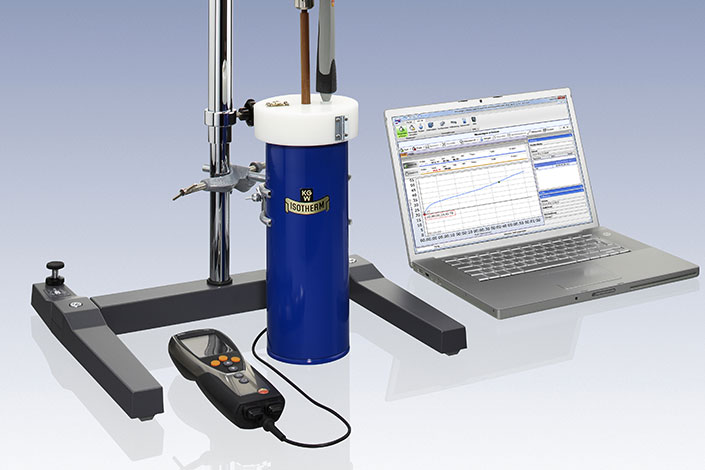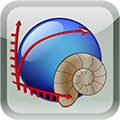
pdv-nlk3: Analysis and quality assurance of the reactivity of calcium oxide
The standard method for determining the reactivity of lime against water is the detection of the wet slaking curve (NLK) according to DIN EN 459. The reactivity of calcium oxide (Ca0, quicklime) is determined by sequentially measuring of the temperature of the normalized mixing with water to derive important information on the product quality.

Key features
- Standardized collection and storage of the wet slaking curve
- Accommodation of values by up to eight temperature sensors / transducers
- Analysis according to DIN EN 459-2 using the characteristic values T0, tmax, Tmax, T‘max, tu80, Tu80, t60
- Display of other measurements such as ΔT5, T10, t40, reaction enthalpy (heat of reaction), R-value (classification of focal degree), maximum turnover rates
- Generation of test charts (reports)
- Printing previews in numerous export formats
- Searching for measurements and samples
- Configuration of measurement cycles, drivers, interfaces
- Administrating the test equipment for measuring instruments and Dewar vessel
- Calibration of the detecting elements by two points
- Examination of the heat loss of the Dewar vessel by determination of the water equivalent
- Integrated Device Drivers for indicator Testo 735 (via USB); further drivers on request
- CSV interfaces for importing external raw data and exporting the intermediate and final results
Precision beyond standards
With pdv-nlk3, these measurements can be recorded and evaluated in numerous ways, presented graphically and managed replicable. Measurement series detected and imported from other systems can also be categorized, completed by additional information and processed with advanced features.
For data collection, numerous parameters (automatic start and stop of the measurement, calibration, measurement intervals, measurement filtering, measurement techniques, data compressions, etc.) can be defined and stored with each measurement series. During the measurement value recording a simultaneous display of freely configurable reference materials is possible.
Within the data pool you can search, sort and filter by clear table representations; even the editing of data is possible directly in the tables. A dynamically generated tree structure provides a preliminary selection on materials, periods and sampling locations. Tables can be exported, the curve runs saved as image files or printed directly.
For the recording of values up to eight temperature sensors / transducers can be configured. By default, a device driver for the analyzer Testo 735-2 is supplied (via USB). Further data logger drivers can be provided on request.
Extensible interfaces
The software concept already takes into account that the measurement results can be customized and integrated with existing or easily extensible interfaces to the IT environment - from simple export for Microsoft Excel to data transmission to laboratory information systems (LIMS) or SAP applications. To optionally manage samples in existing laboratory information systems, pdv-nlk3 can assign either automatic sample numbers or get assigned reference numbers for sample management by LIMS.
Get to know pdv-nlk3
A demo version of pdv-nlk3 is available providing a comprehensive overview of the variety of functions. This version works with a special demo driver without connected measurement hardware. The recorded data is simulated by the program. If interested in this version, simply contact us without any obligation.
Further information (in German)
- www.nasslöschkurve.de - Umfangreiche Informationen zur Software und zum Reaktionsprozess
- Datenblatt pdv-nlk3 - Erfassung und Speicherung der Nasslöschkurve nach DIN EN 459-2 (PDF)
- Data sheet pdv-nlk3 - English (PDF)
